For the introduction of RAN functions disaggregation and open interfaces in 5G, 3GPP has in Release 15 specified a Higher Layer Split (HLS) option of the gNB, which is also known as the Option 2 NR-PDCP split option. In this option, the gNB may consist of a Central Unit (gNB-CU) and one or more gNB […]


First, We need to understand the most important question, Why do we need to change our RAN from a traditional setup to a more flexible one? The Answer is: Heavy Data Growth Each new mobile technology generation has delivered greater data rates to mobile devices, and mobile users have moved more and more of their […]

O-RAN’s proposed concepts and architectures use a split-RAN concept. There are eight known ways to functionally split the RAN, and each one proposes splitting the processing so that different parts of the protocol stack process on different hardware. The below figure summarizes the eight options: O-RAN proposes using option 7-2 which splits the physical layer […]
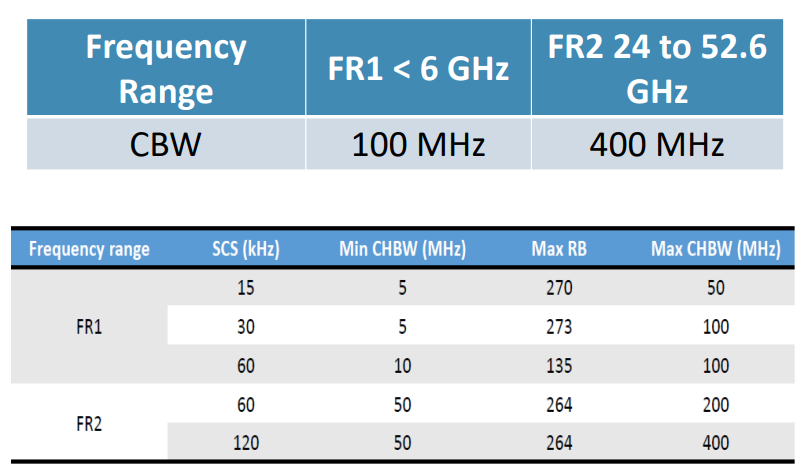
Not all radio spectrums are equal. Sub 1GHz offers the best coverage profile; however, the amount of low band spectrum available is limited. Frequency range two (FR2), i.e. greater than 6GHz, offers a large amount of spectrum with a significantly wide bandwidth (up to 400MHz), but it offers limited coverage. In fact, it is an […]
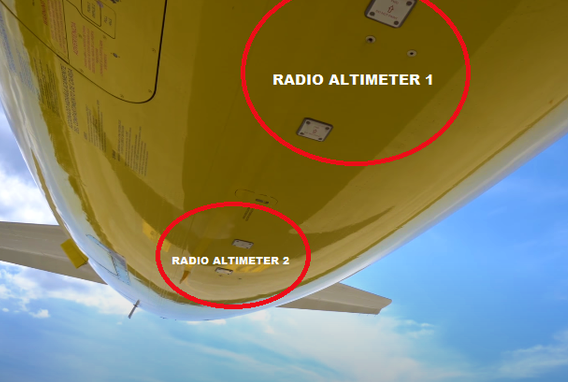
Federal Communications Commission FCC auctioned the C-band spectrum between 3.7-3.98 GHz in early 2021. The U.S. Federal Aviation Administration (FAA) has warned that the new 5G technology could interfere with instruments such as altimeters, which measure how far above the ground an airplane is traveling. The Pentagon believes, the focus should be on preventing interference to […]
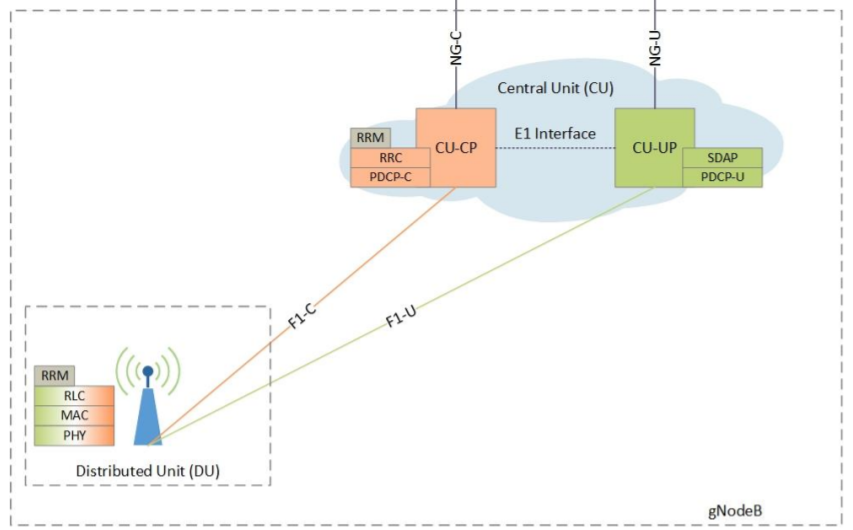
In the high-level network architecture, the RAN is represented as a single functional entity whereas in reality the realization of a 5G RAN is not so straightforward. In GSM/GPRS and UMTS there was a network controller [BSC and RNC] which provided an interface between the radio access network and the core network. This network controller […]
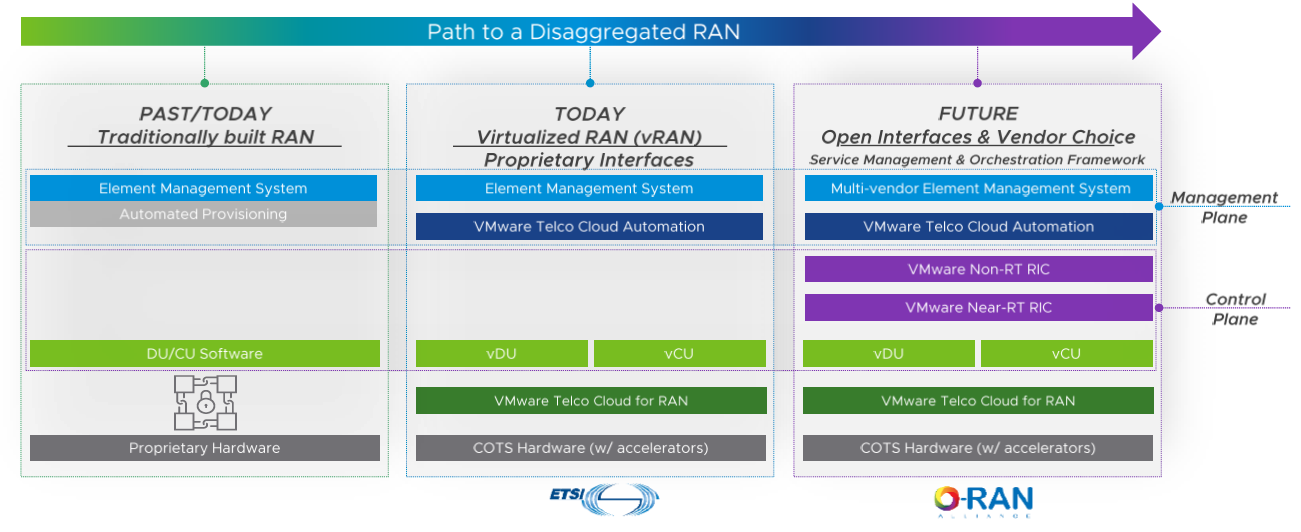
The Road to Open RAN is not easy one, there are a series of steps should be taken before migration or starting design the network architecture based on Open RAN. Either you’re a green field needs to start a new network from scratch or even a brown field and re-think of the open RAN concept, […]

For mobile operators, 5G is far more than a faster version of the 4G/LTE standard. 5G will be an entirely new networking architecture — “a network of networks” — with multiple access technologies such as Wi-Fi, small cells, and traditional mobile wireless networks as well as terrestrial and satellite. Satellites will play a vital role […]
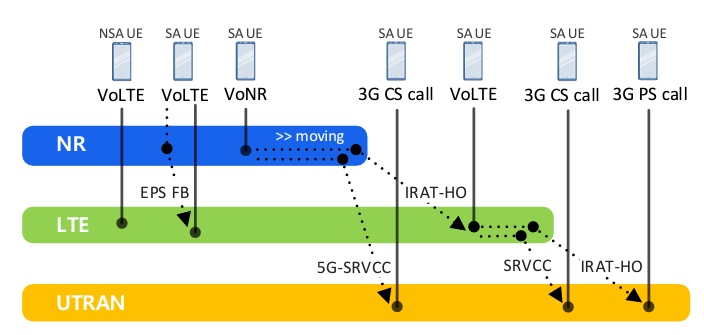
Although the request for data services is the primary driver behind the growth and evolution of 5G, voice service is still an indispensable part of mobile communication network. The Voice over New Radio (VoNR) feature provided in 5G is similar to VoLTE in 4G. VoNR is a voice solution based on IMS in 5G SA […]
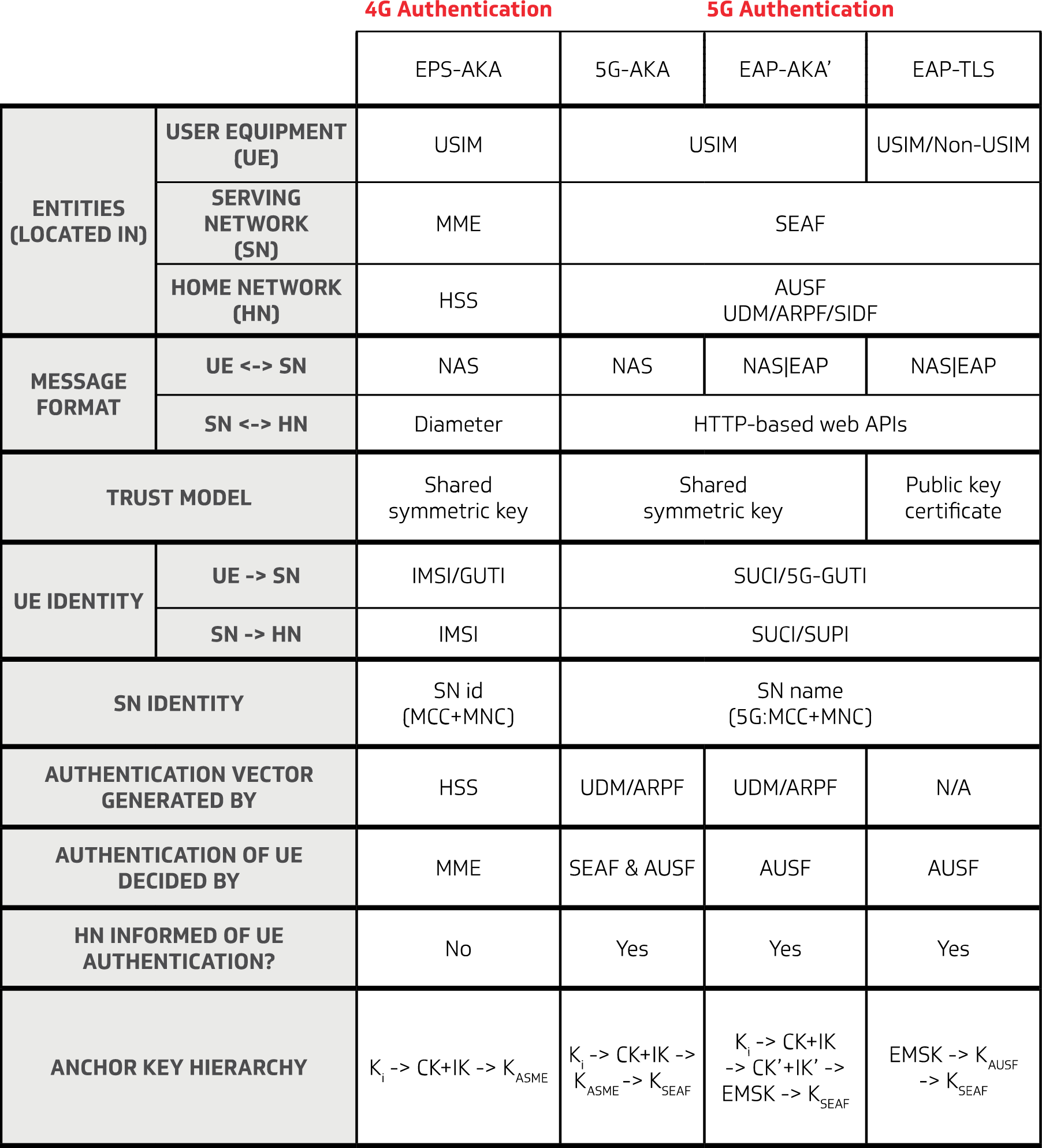
The authentication procedure in 3GPP 5G security has been designed as a framework to support the Extensible Authentication Protocol (EAP) – a security protocol specified by the Internet Engineering Task Force (IETF) organization. This protocol is well established and widely used in IT environments. The advantage of this protocol is that it allows the use […]
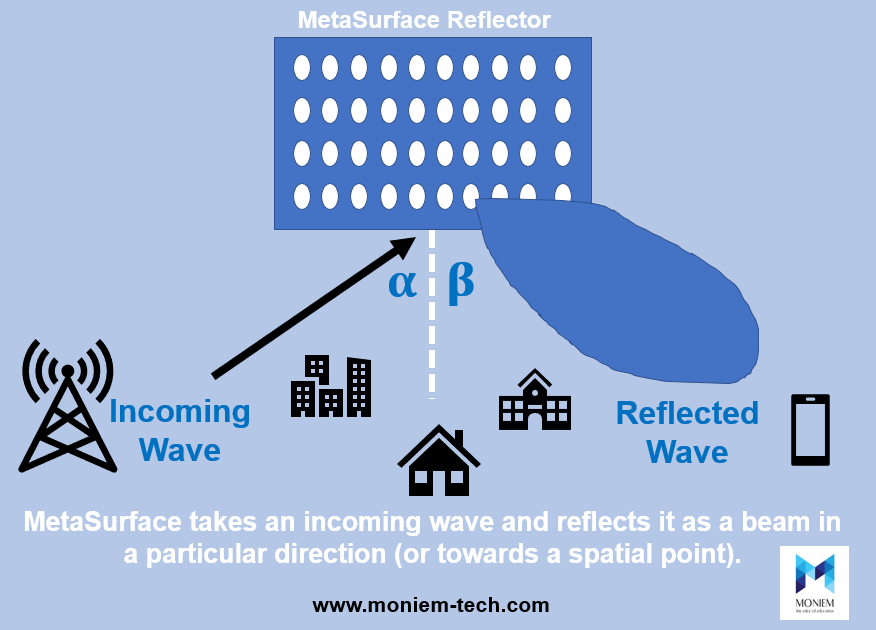
The first thing that came to my mind when Facebook CEO Mark announced to change the name of his mega applications (Facebook, WhatsApp, Messenger, Instagram, .. etc) to META or Metaverse technology, is METASURFACE. What is Metamaterial? The prefix meta (a Greek word meaning ‘beyond’) indicates that the characteristics of the material are beyond what we […]

Open RAN has gained prominence in the last few years due to ongoing trends towards openness and disaggregation in the mobile network operator (MNO) space and spurred by recent geopolitical pressures. The below explanation is part of Unlocking Open RAN — An Infrastructure Viewpoint white paper. Evolving RAN Architecture to Open RAN Over the different […]
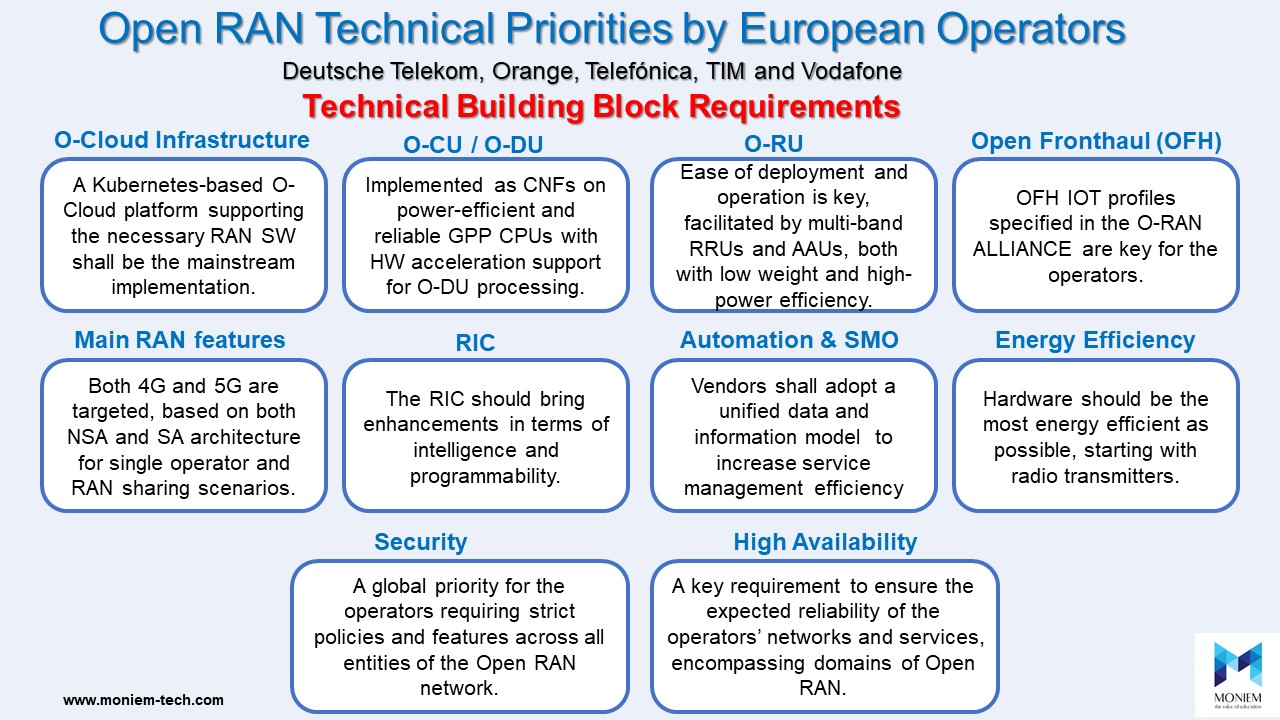
On January 2021, Five big European operators, Deutsche Telekom AG, Orange, Telefónica, Vodafone Group and TIM (which joined in Feb 2021) are signed Memorandum of Understanding (MoU) to provide a framework for a specific commitment to support the development of a non-fragmented global OPEN RAN ecosystem for deployment across the European network footprint of each […]

Recent deployments of 5G widespread use of option 3X as one option in the connectivity scenario background in the infrastructure evolution. As a result, EN-DC, where there are two radio links, E-UTRA, and 5G are offered. To accelerate the introduction of voice services, the major aspect of this method is that NR does not support […]

The Open RAN concept is about building networks using equipment that separates the vendor-specific software and vendor-specific hardware associated with the vast majority of radio access network (RAN) equipment that is available today from a handful of cellular equipment vendors. Open RAN, then, uses RAN software on commercial, off-the-shelf hardware (COTS). There are 9 main […]
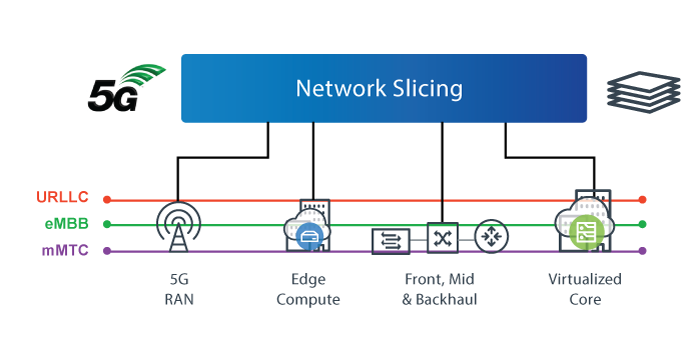
As 5G supports different types of use cases from eMBB, URLLC, and MTCs. These services require strict SLA (Service Level Agreements) which requires a dedicated end-to-end channel for each service. Exciting networks are not equipped or scalable enough to support such demands, So the solution to realize the full extend of 5G performance is Network […]
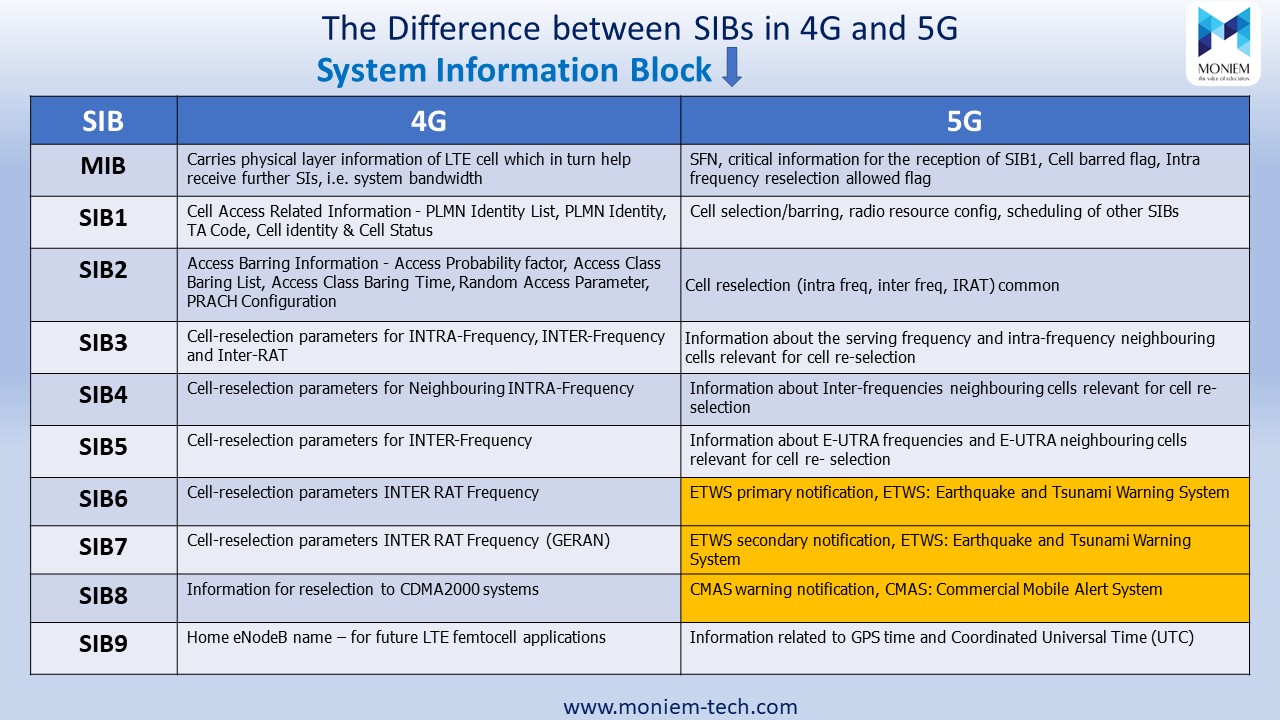
As you may know that UE can access the network if it can receive some of the System Information (SI) from the Cell (Mandatory). So Let’s understand the main difference between SIBs in 4G and 5G NR. 🧧 Difference Number 1 LTE MIB, SIB1, and SIB2 are mandatory for the UE to access a cell […]
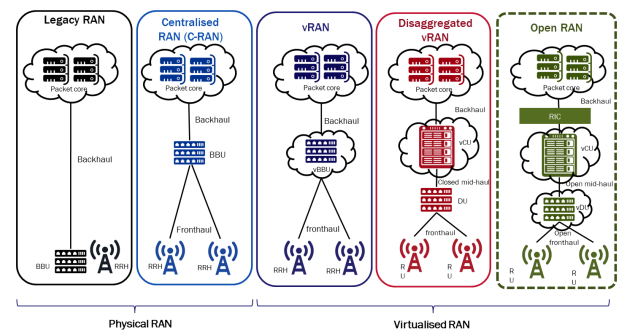
It is important to distinguish between vRAN and Open RAN Virtualization is a journey that the telecoms industry has been on for several years to transform network functions into virtual network functions (VNFs). The VNF software is then decoupled from the purpose-built hardware and run on standardized, common off-the-shelf (COTS) hardware. The interfaces between each […]
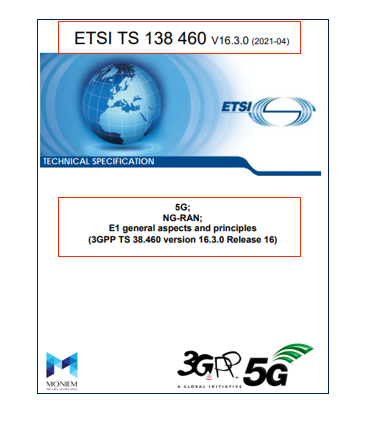
If you are in the Mobile Telecom domain especially Testing, Research, deployment domains, you have to be familiar with How to make deep research in the 3GPP website for the keywords you need to search for. First, you have to know the Specification Numbering you need to search in, you can find all of them […]
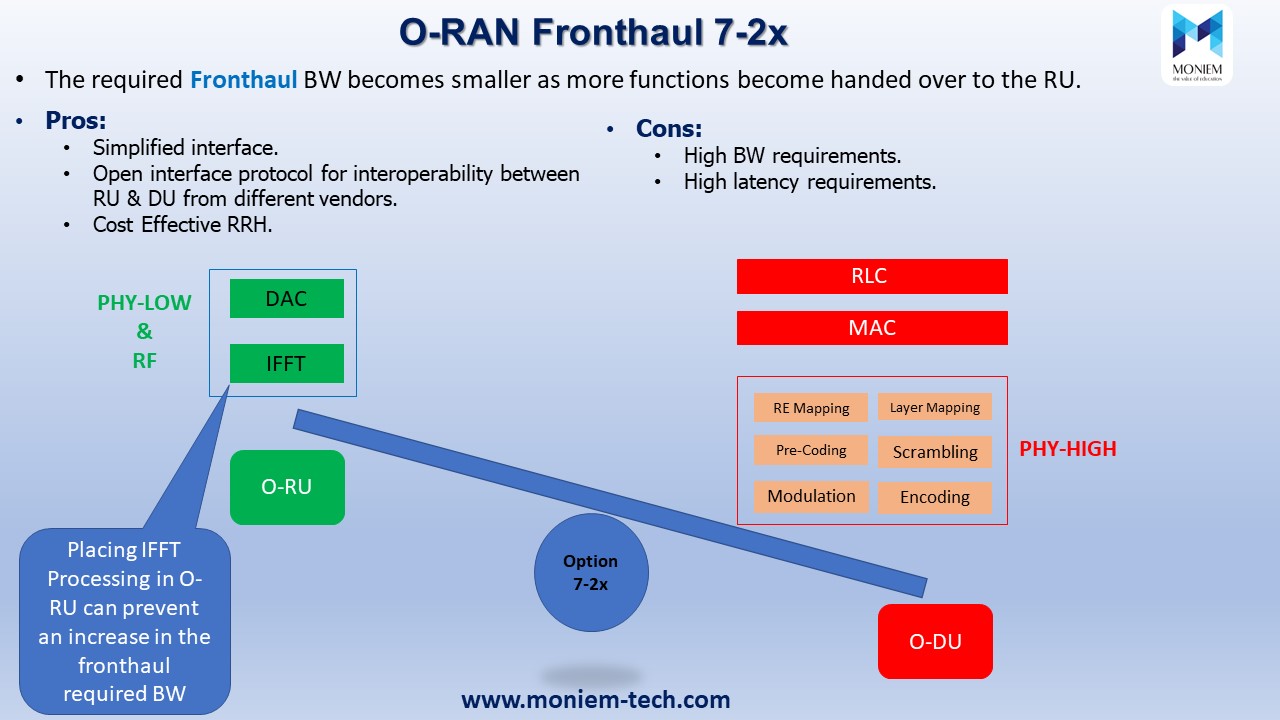
In Split 7.2x: Low PHY/High PHY split, The Low PHY/High PHY split is the most acceptable approach for it is less complex and it supports various fronthaul requirements and most importantly it has high virtualization benefits. Split 7.2x is the O-RAN Alliance fronthaul specification between O-DU to O-RU. It has two variants: 7.2a and 7.2b based […]
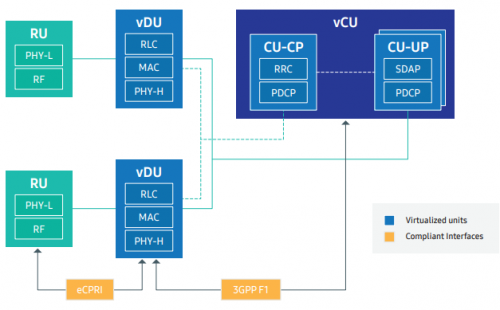
vRAN is a new architecture enhancing the flexibility of Centralized RAN (C-RAN) by virtualizing the functions of basebands in a common resource pool made up of the Commercial Off-the-Shelf (COTS) servers located in a centralized Hub, allocating resources in a flexible manner according to traffic conditions. vRAN = Virtual Radio Access Network Why vRAN? Maintaining […]

O-RAN Alliance has committed to evolving Radio Access Networks (RAN) around the world. Future RANs will be built on a foundation of virtualized network elements, white-box hardware, and standardized interfaces that fully embrace O-RAN’s core principles of intelligence and openness. An ecosystem of innovative new products is already emerging that will form the underpinnings of […]
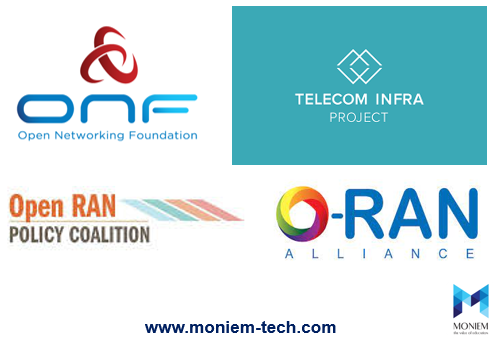
There are several industry-led open RAN initiatives that seek to unite an ecosystem of supply chain partners and advance open RAN through the definition, development, and testing of standards and reference architectures. Beyond the standards defined by the 3rd Generation Partnership Project (3GPP), multiple industry groups are leading the open RAN movement, each with a […]
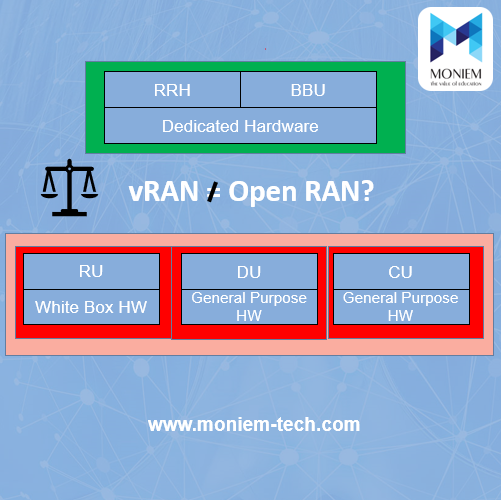
There are different acronyms related to the evolution of RAN (Radio Access Network), like vRAN, open RAN, O-RAN, etc. A key point to clarify is that RAN evolution means both the disaggregation of mobile network base stations into more standardized entities (this is widely known as functional split), as well as the introduction of cloud […]
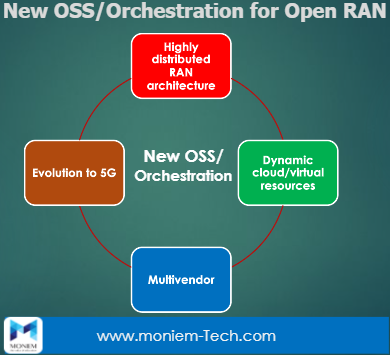
Open RAN is a highly disruptive technology that will bring many benefits to Mobile Network Operators (MNOs), especially during the evolution to 5G. By opening up the RAN to multiple vendors and virtualizing the software, costs will be significantly reduced, highly dynamic services will be enabled, and the RAN domain will experience far greater levels […]
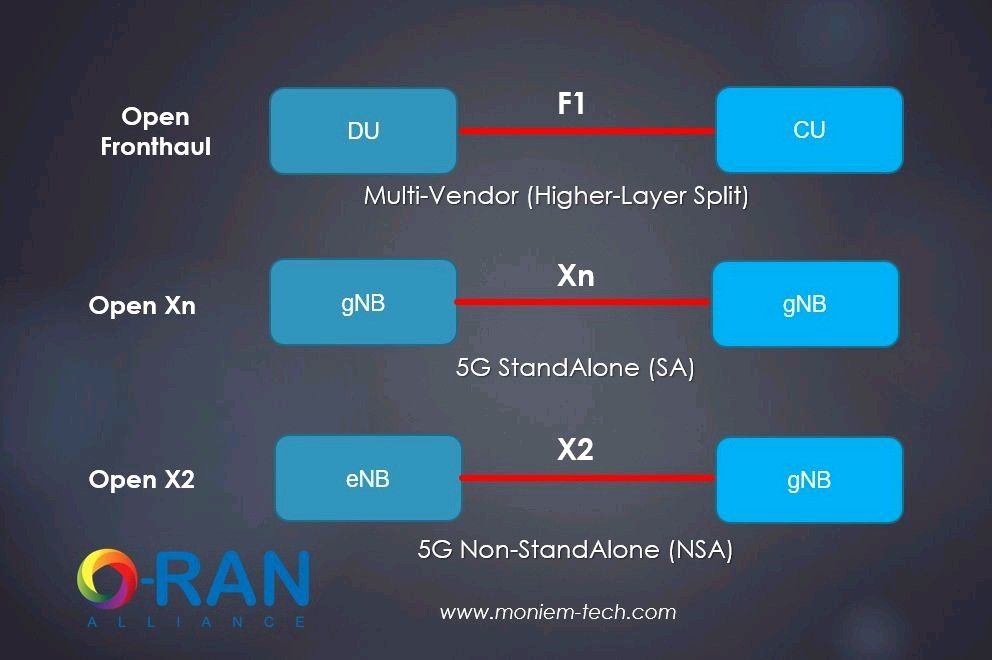
The O-RAN ALLIANCE e.V. specifies profiles for 3GPP RAN interfaces to achieve interoperability among different vendors. So far, profiles for open X2, open Xn, and open F1 interfaces have been published. Open X2 enables operators providing 5G Non-StandAlone to introduce 5G NR base stations (gNBs) independently of the vendor providing 4G LTE base stations (eNBs). Open Xn […]
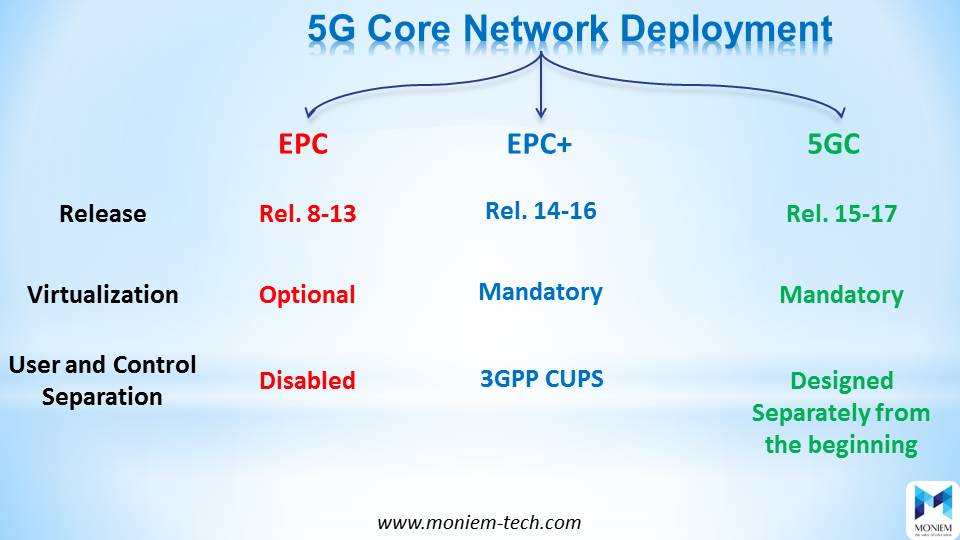
The core network is the most important domain in the mobile network starting from 2G and 3G while the MSC and SGSN are the main functions there to EPC or Evolved packet Core, then EPC+ in 4G network and finally 5GC or 5G Core in 5G Network. However, there are many differences between EPC, EPC+, […]

5G Timeline and Standardization During preparation, it was decided to split Phase 1 into two parts. In December 2017, standardization of the non-autonomous, or Non-Standalone, architecture for 5G New Radio (NR) was completed. This first official set of 5G standards defines the wireless air interface for interworking with existing LTE-based networks. This has allowed operators […]
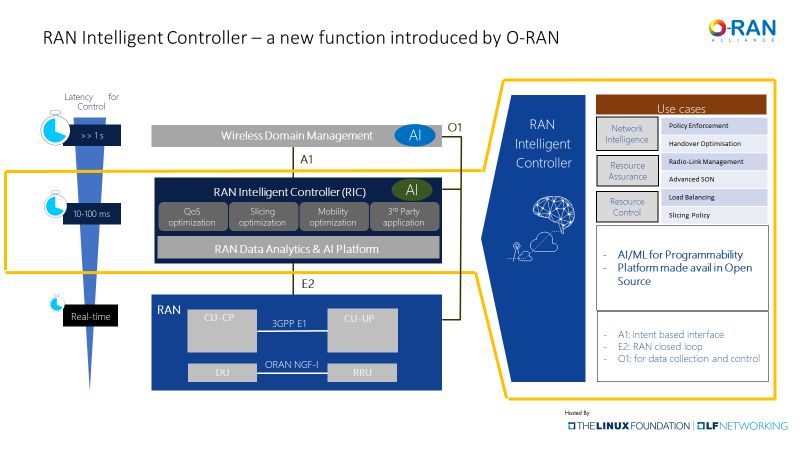
O-RAN Alliance came up with RAN Intelligent Controller (RIC) to enable AI/ML-based RRM optimization, and which is expected to be merged with the existing central Self-Organizing Network (SON) function. Traditional RAN can’t achieve the next-generation RAN activities from operational efficiency, automation of configuration and optimization activities, and customer level-specific service assurance. As next-gen RAN will […]
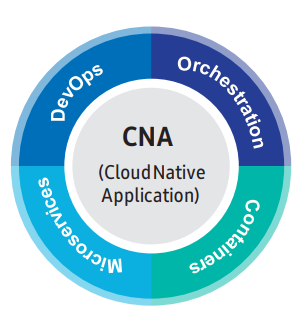
What is Cloud Native? In general, “cloud-native” is an approach to building and running applications that exploit the advantages of the cloud computing model. One key attribute of “cloud-native” is how the system creates and deploys applications. According to the definition of CNCF, “cloud-native” means that an application is containerized and uses an open-source software […]
